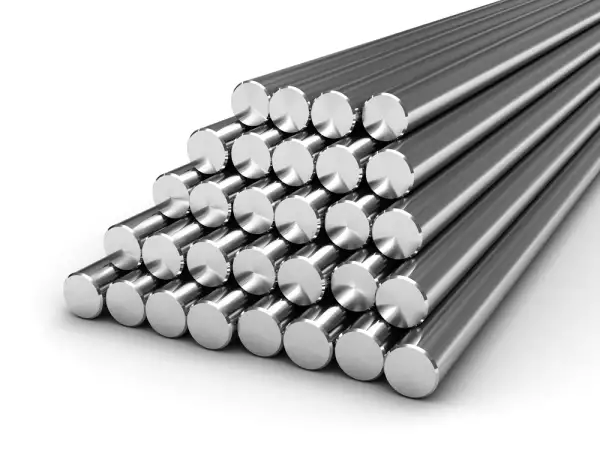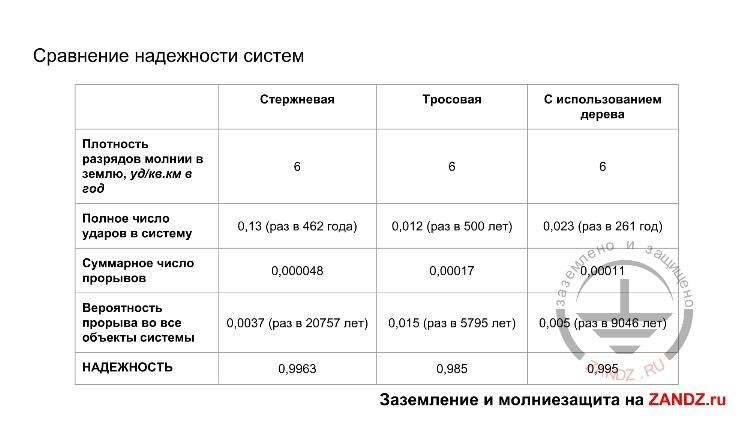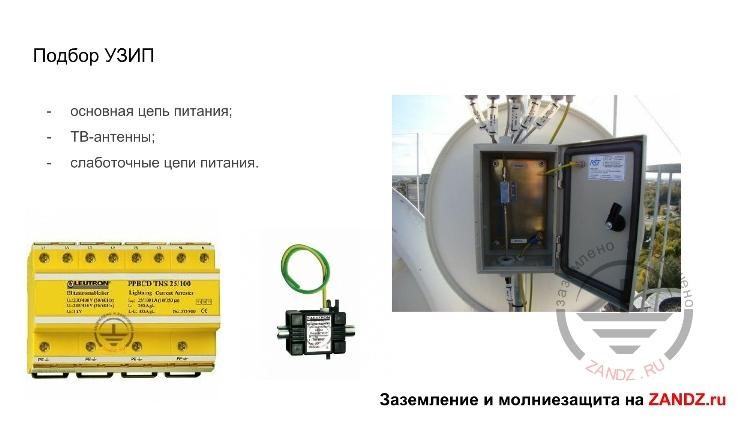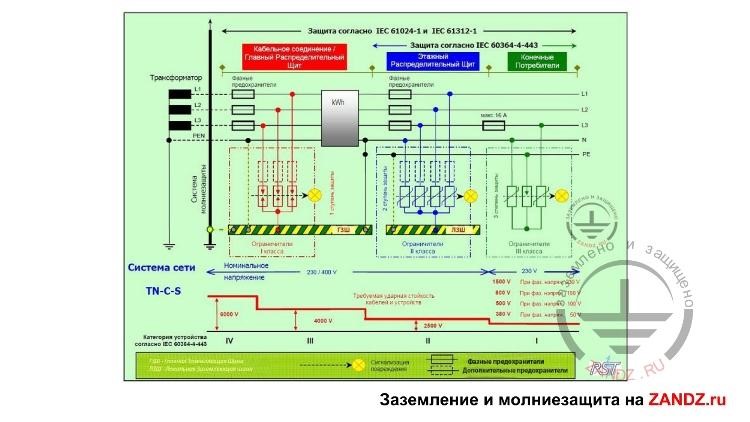The second webinar of the "Simply about installing grounding and lightning protection" series
Webinar text. Page 3
Fast navigation by slides:
<< Page 2:
7. Touch voltage
8. Lightning protection
9. Preparing
10. Protection methods
11. Rod system
12. Wire system
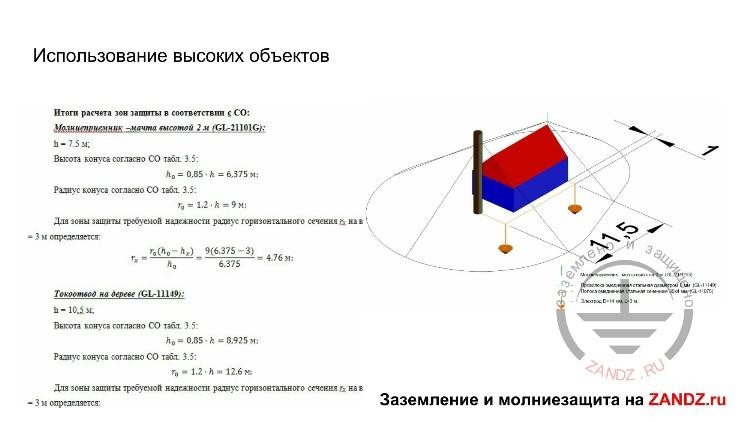
| Использование высоких объектов | Using tall items |
| Заземление и молниезащита на ZANDZ.com | Grounding and lightning protection on ZANDZ.com |
Using tall items
— Using tall items is recommended if you have them near your building. If, e.g., there is a tree near your house or some other item with the height of 10 meters and more located at the distance of 2 to 3 meters, then, to calculate the lightning protection system, we may use the tree as the lightning rod.
| Сравнение надежности систем | Comparing the system reliabilities |
| Стержневая | Rod-based |
| Тросовая | Wire-based |
| С использованием дерева | Use of wood |
| Плотность разрядов молнии в землю, уд/кв. км в год | Intensity of lightning discharge into the ground, strikes/square km/year |
| Полное число ударов в систему | Total number of strikes into the system |
| Суммарное число прорывов | Total number of blowouts |
| Вероятность прорыва во все объекты системы | Probability of blowout into all objects of the system |
| НАДЕЖНОСТЬ | RELIABILITY |
| 0,13 (раз в 462 года) | 0.13 (times per 462 year) |
| 0,012 (раз в 500 лет) | 0.012 (times per 500 years) |
| 0,023 (раз в 261 год) | 0.023 (times per 261 years) |
| 0.0037 (раз в 20757 лет) | 0.0037 (times per 20757 years) |
| 0,015 (раз в 5795 лет) | 0.015 (times per 5795 years) |
| 0,005 (раз в 9046 лет) | 0.005 (times per 9046 years) |
| Заземление и молниезащита на ZANDZ.com | Grounding and lightning protection on ZANDZ.com |
Comparing the system reliabilities
— The table shows the results of calculating the reliabilities of the lightning protection systems using the special software developed by the Energy Institute named after Krzhizhanovsky. The lowest number of strikes into the system item is observed in case of using the wire protection; it is once in 500 years. This is caused by using low elements, up to one meter. The highest reliability is obtained when using the rod system; it is once in 20,000 years. We can say that this is a very good indicator. According to statistics, the systems using the tree with the installed current collector as the lightning rod have 261 strikes per year; it is a full amount of strikes. This lightning protection system has reliability of 0.995, which is also a good indicator. The reliability classes for the lightning protection include three categories. For the residential buildings, the lowest category (the third), is typically used; for industrial facilities, it is the highest (the first). They usually differ in calculations. The higher the protection category, the narrower the design angle of the lightning protection.
| Подбор УЗИП | Choosing surge protection devices |
| основная цепь питания; | main power circuit; |
| ТВ-антенны; | TV antennas; |
| слаботочные цепи питания. | low-voltage supply circuits. |
| Заземление и молниезащита на ZANDZ.com | Grounding and lightning protection on ZANDZ.com |
Choosing surge protection devices
— We have examined the external lightning protection that provides protection of the house against the direct lightning current strikes. Now, we need to provide protection against the secondary effects of the lightning strikes, i.e. choose the required surge protection device. For private houses, we can show several ways the pulse penetrating the grid. The main power circuit, 220 or 380 V, through the input devices. They can include the interference through the grounding devices, switching at transformer substation, getting the lightning into the air line wire.
| Заземление и молниезащита на ZANDZ.com | Grounding and lightning protection on ZANDZ.com |
Installation sites of the surge protection devices of class I, II, and III in the electrical circuit
— The slide shows installation sites of the surge protection devices of class I, II, and III in the electrical circuit The first class is installed before the counter. The surge protection devices of class I + II + III are also installed before the counter. The second class is installed after the counter but before the group lines. Class III is installed directly after the group safety fuses of automatic circuit breakers. During the installation of the surge protection devices of class I and II, additional automatic breaker fuses may be required.
— Thank you for attention! I am ready to answer your questions.
Questions and answers
— A question from Alexander Prilipenko: "Do not you think that geometry is more important for grounding, its maximum area but not resistance?"
— Yes, we agree with that. The resistance is not as important for the lightning protection as its geometry.
— One more question from Aleksey: "If I used to work with the steel hot-dip galvanized angles of 3 m long, 50 x 50 x 5 (this is a standard configuration), how can I replace them in the rod system?"
— First of all, you need to determine the purpose of the grounding, the wiring system or the gas boiler. They have different parameters and indicators.
— Thank you for your answer, Sergei Alekseevich. Aleksey clarifies this question: "I understand that it is actually applied as it is. We add another rod, then measure. If everything is fine, then we stop. If not, then we add more rods. Approximately, how many grounding electrodes should we use and to what depth should we install them for a facility?"
— You should always orient towards the standard 6-meter set for the private house, i.e. 4 rods, 1.5 meters each. In any case, even if you obtain the desired resistance with the third rod, it is always useful to add another one just in case.
— "Up to 100 Ohm?"
— No, up to 30 Ohm. It is for the wiring. I cannot say right now the value for the gas boiler. In my practice, I did not need to install more than two rods. Usually, the maximum is two 6-meter rods interconnected by the wire with the cross-section of 25 mm2.
— "What soil resistance was in that case?"
— Unfortunately, I did not have an instrument to measure the soil resistivity then, but I remember at a rough estimate.
– Aleksey asks: "Are the requirements stricter for substations, if we take the same soil resistivity? How many electrodes and to what depth should we install them for a substation?"
– You are right. The requirements are much stricter for the substations.
– "Sergei Alekseevich, do you have an experience in installing the grounding for substations? What resistance should we obtain and approximately how many electrodes were used?"
— No, I have not. My practice was worse. I mean that I had more complicated facilities.
– I can supplement Sergei Alekseevich's answer. In this webinar series we will have the webinar of "Grounding and lightning protection for electrical substations", which will be held on September 27 at 11:00 Moscow time. Sergei Alekseevich, while the technical specialists answer other questions, I would like to ask mine. I want to know what type of lightning rods are used for the private houses more often? Or, there is no such logic here?
– The rods are used more often and they are easier to use. If the house is small, about 6 x 4 or 6 x 6, then typically a relatively standard 6-meter lightning rod and current collectors are used. They provide the house protection. I want to warn you in advance that lightning protection is not cheap. The average design costs 50,000 RUB and more. I will give you a link to the video showing the examples of how to calculate the grounding resistance.
– Sergei Alekseevich, you said that the lightning rods are used. Please specify, which of them are installed on the ground or at the roof, secured on the wall, etc.
– They are usually installed on the roof, if there are a brick chimney or some other material, or protruding items to attach the lightning rod thereto. They are used for installing the lightning rod, and current collectors are laid from it. If, as shown in the picture in the slide, the chimney is made of cement, it is difficult to attach the lightning rods to such chimney. And in this case, at that facility, we used two 6-meter rods, but from both sides. The lightning rod height is chosen in accordance with the building height and the roof area to be protected against the lightning strike. Up to this moment, I have never received an order for the ground rods. Usually, we solve all issues by attaching the rods to the roof or the wall.
– It is interesting, thank you. I have another question. You have mentioned this before in brief, but I would like to hear it in details. What factors affect the lightning protection configuration? You have already told us about the chimney, its presence or absence, the presence of the tree nearby or the house. What factors are taken into account during calculations?
– In the first hand, we look at how the house is located, in the valley or on the hill.
— Thank you. We have an interesting question in the chat: "Why is the lightning protection grid not used in private houses?" As I have understood, Denis has begun to answer it. He said that there are some constraints. Sergei Alekseevich, what will you say? Do you have an experience with the lightning protection grid in the private sector?
– The lightning protection grid is most often used when the roof is flat. Double- or single-pitch roof; first, using only grid will not be good, and then, it will be costly, but still possible in theory.
– Thank you, Sergei Alekseevich. I have one more question. As far as I remember, in the previous webinar, you told us that you had to deal with upgrading the existing grounding system. Have you had such experience in the private sector?
– Yes, I have. A person has installed the gas boiler, called me, and said that he already had had the grounding, but it was the third time when the electronics in the gas boiler failed. The electrician says that the problem is in the grounding despite the fact that the rod is installed. I have come to his house. He had an aluminum rod in the basement, a hidden piece of the tile, and I think that the rod was not more than 50 cm deep.
– "Have you ever dealt with the grounding in the complicated soils, for example, in the sandy or rocky, or permafrost soils having a high resistivity? If yes, then how have you solved this issue?"
– I have never dealt with the permafrost soils. I have already told you about the sand. There was a sandy soil in the Star City. Around 6 rods have just slumped one after another. I did not apply any effort, they just slumped. When installing the grounding system, the harder the rods are plugged into the soil, the better it is. Because it means that we reach the good soil and can obtain good resistance. When the rods just slump, this is no good. And again, the deep-earth rods save us in these situations. Due to the depth, we can reach the water or the soil with better flowing than sand or turfs. Alternatively, in some cases, if it is a really difficult case, we can use the electrolytic grounding. This is more expensive, but it can be vertical or horizontal. This is a stainless steel tube. I have the video where we installed the grounding. We tried to make an instruction of how to install it. We uses the stainless steel tube wherein a special mix is contained. The trench is excavated. It is filled with the graphite mix with the special clay. The tube and two bags of this mix are backfilled, then the soil is added, and about one or two buckets of water are poured into the tube. Water reacts with the mix through an opening in the tube while being in the soil. It flows and creates the basic environment that enhances the soil resistivity. Such electrolytic grounding is more reliable in case of complicated soils and restrictions. Again, if we take the energy facilities, when we cannot go beyond the fenced territory of electrical substations, then by using the electrolytic grounding inside the allocated territory we can obtain the desired resistance.
– Thank you, Sergei Alekseevich. Have you ever installed the electrolytic grounding in the private sector?
— No, I have not. For the soils near Moscow, we usually use not more than 2 deep-earth rods.
– Good. Thank you for your answers. My questions have come to an end. Dear participants, please ask your questions in the chat, if you have any. If you have them after the webinar, please send them to my e-mail. I will write it in the chat. Certainly, I ask you to register for our next webinars. First, we will proceed with the "Simply about grounding and lightning protection series with Sergei Alekseevich Tolstopyatov. Second, we have an ongoing series with professor Eduard Meerovich Bazelyan about designing the lightning protection. The webinar on the wire lightning protection will take place next Wednesday. It is a very interesting and actual subject. I invite you to register for it so that you would not miss anything. In addition, I ask the participants to go to the Questionnaire tab and give your answers. There are 5 questions. You will need less than 2 minutes. That is all. We can finish. Thank you. See you soon!
– Thank you very much! Take care! Bye!
<< Previous page
slides from 7 to 12
Useful materials for designers:
- Webinars with participation of lead experts of the industry
- All for calculation of the earthing and lightning protection
- Useful materials: articles, recommendations, examples
Related Articles:
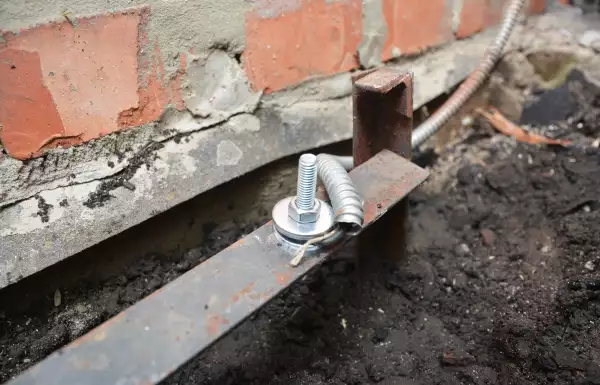 Why Cannot Vertical Earthing Devices Be Installed Close to Each Other?
Why Cannot Vertical Earthing Devices Be Installed Close to Each Other?
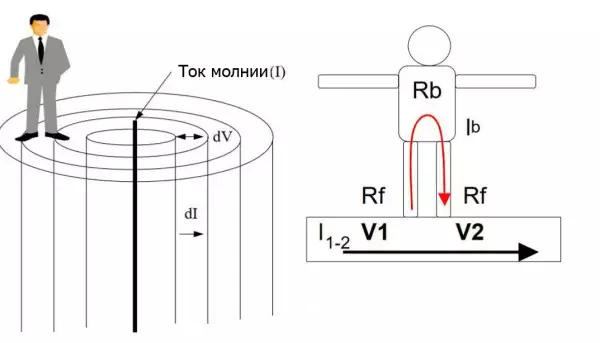 Step Voltage: Dangerous Obscurity and Reliable Protection
Step Voltage: Dangerous Obscurity and Reliable Protection
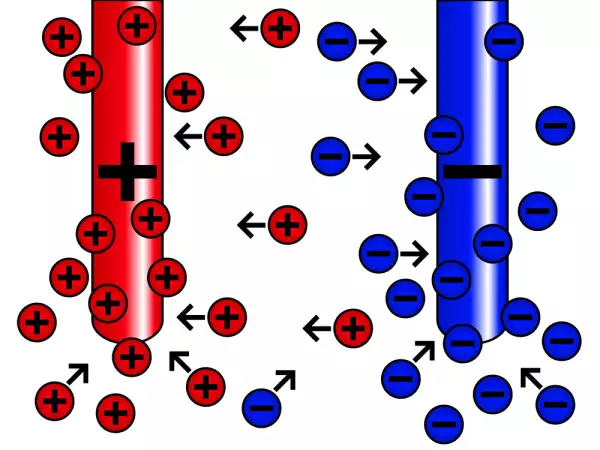 Nature of Electrochemical Corrosion
Nature of Electrochemical Corrosion
 Public Safety in Land Transport in case of Direct Lightning Strike
Public Safety in Land Transport in case of Direct Lightning Strike
